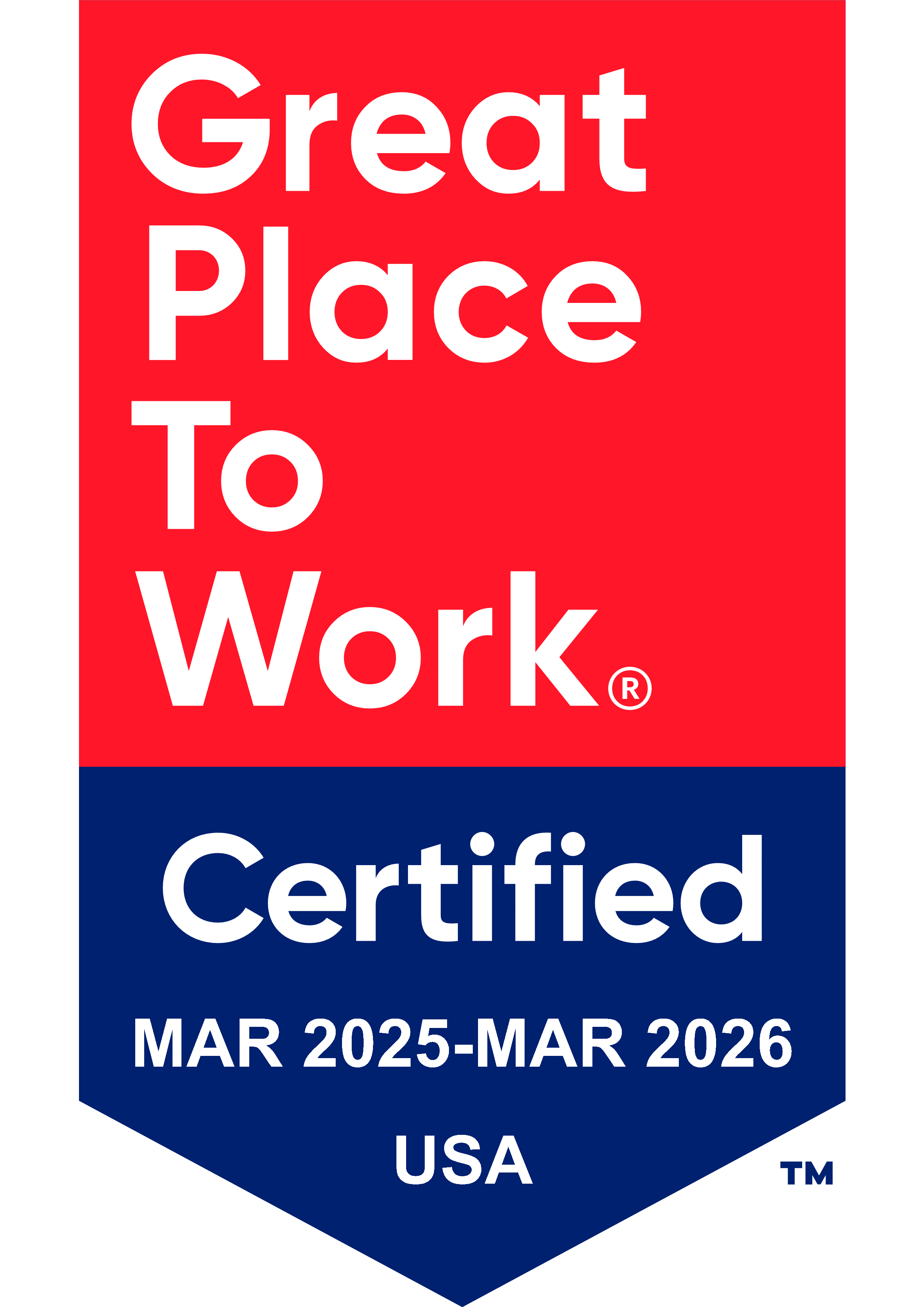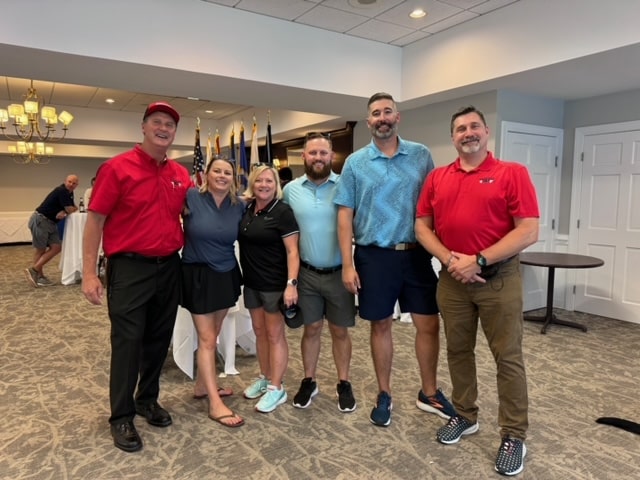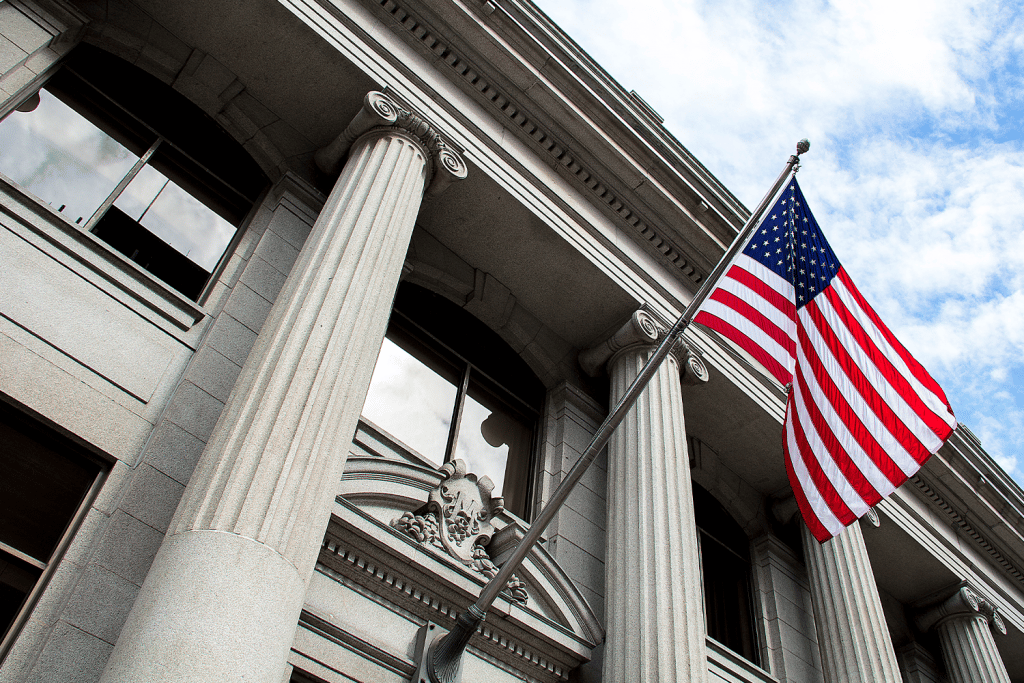What Will Creative Industry Jobs Look Like in the New Normal?
The Pandemic Accelerated Change. What Should We Expect Now?
When the Covid pandemic hit, the effect on the creative industry jobs was pivotal. Creative firms had to adapt immediately, and on a huge scale. In-person collaboration to discuss strategy, present on ideas, and brainstorm next steps had been considered irreplaceable. Suddenly all these ways of working had to be replaced.
But what now? Now that the pandemic is receding, what will the new normal look like for the creative industry and how you hire talent?
Here are a few thoughts for discussion.
Teams Will Continue to Work Remotely
We’ve discovered that what was previously thought to be inconceivable has been happily embraced. Remote working is no longer a non-starter. Collaborative tools have made it a reality. And this isn’t a bad thing. We now think, work, connect, and create differently.
Clients have become used to attending online meetings and video workshops. Creatives have learned a new way of working – and one that allows them to rebalance their lives. Firms have found they can access the very best talent from around the globe.
More Creatives Will Become Their Own Boss
The creative industry has not been immune to the Great Resignation. The pandemic gave people space to breathe and reassess their lives, and many have found they yearn for better balance and to rebalance from work toward life, from colleagues to kids, from boss to spouse. The list goes on.
Many people have discovered – and are likely to continue to discover – that the balance they desire is achieved best by being their own boss. Some will set up their own agencies, but most are deciding to become contractors. This route gives people options they don’t have as employees. They can focus on the work they like to do best, choose the companies they want to work with, work (for the most part) when they feel most productive, and balance time between work and life more effectively.
Trust in Outsourcing and Hiring Contractors Will Grow
As firms have become to trust their employees working remotely, distance as a barrier to trust has largely evaporated. Indeed, greater trust has been garnered through the capability of technology to deliver permanent presence. Distance has become a genuine part of how we work – distant working, distant learning, distant meetings. Even in the office, distance is a thing. Who would have considered physical distancing as part of standard working practice before the pandemic?
As we have been forced to learn to trust people at distance, so we have learned to embrace new ways of getting work done. Outsourcing and hiring of contractors not only allows for greater flexibility, it enables firms to hire the most productive teams available. People who are highly skilled, adaptable, flexible, and collaborative, and used to working with others at a distance.
Creating a Learning Environment Is a Challenge to Be Overcome
One concern for the creative industry is how to adjust the learning environment. With fewer opportunities to work with experienced colleagues and peers in offices and studios, imparting knowledge and learning from and with others will be impacted.
And when working with teams or with clients, the lack of physical presence and togetherness will certainly disrupt the ability to share ideas on the fly, or to work on sketches in the moment. How do you whiteboard effectively when there is no whiteboard and the team are scattered around the state, the nation, or the globe?
Anyone who has attended a webinar will agree that it is not quite the same as attending an in-person workshop. The creative industry is likely to come up with solutions to these problems – to reimagine the learning environment – and technology will play its part.
Hybrid Work Patterns Will Emerge as Normal Practice
Accepting that creatives have reset their work priorities, that they desire greater flexibility to work remotely, and that outsourcing and contracting will grow within the industry, we also see the need for physical presence. This is likely to lead to hybrid work patterns emerging.
People who are working for a firm may be expected to work part-time at home and part-time in the office. Firms may benefit not only from happier and more motivated employees, but also from the need for less office space. However, to make this work in practice, firms will have to consider solutions such as space sharing and hotdesking.
The Creative Industry Will Continue to Grow and Evolve
There are some things that may fade into obscurity post-pandemic. The handshake and touch screens may be examples. But automation will also play its part.
Burger flippers could be replaced by machines; cash by contactless payment; in-person medical examinations by virtual health appointments and remote monitoring; and so on.
However, creative tasks are difficult to automate. As we come out of the pandemic and the economy returns to growth, we can expect people will want to spend more on creative goods and services. With greater collaboration in the industry on a global scale, and new technology enabling ‘work-from-anywhere’, it’s likely that the creative industry will recover faster than most.
It is also likely that the creative industry will evolve more rapidly. New technologies will change how people work and play. Some creative sectors will thrive. Others will fade. We will see new creative sectors emerge (as we have witnessed before, with television, radio, vlogs, podcasts, and video games). The challenge for creative firms will be to stay ahead of the game, remain nimble, have access to the best people, and be able to leverage talent to take advantage of the evolving creative industry and the opportunities it presents.
The Bottom Line
The pandemic accelerated change, and promoted a seismic shift in the creative industry. We have all had to reassess what we do, why we do it, and how we do it. We have adopted new ways of working, and new ways to connect.
One thing is certain. We’ve learned a lot through the pandemic. We’ve had to innovate and invent new ways of working and collaborating and creating. The changes we have made have been transformative, and will not go away. As we move forward, those firms who remain agile and flexible, who take advantage of the best talent without being tied to physical location, are likely to be the ones who can take advantage of the evolution (or should we say revolution) within our industry.
Over to you. We’d love to hear your thoughts. What changes has your firm experienced? Are you finding it hard to remain agile in the new economy? What challenges are you facing? Are you finding it difficult to hire the talent you need today?
Get in touch with TECHEAD, and let’s get the conversation going. Together we can shape the creative industry of the future, today.




